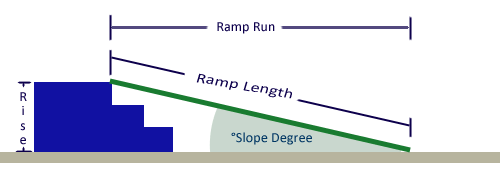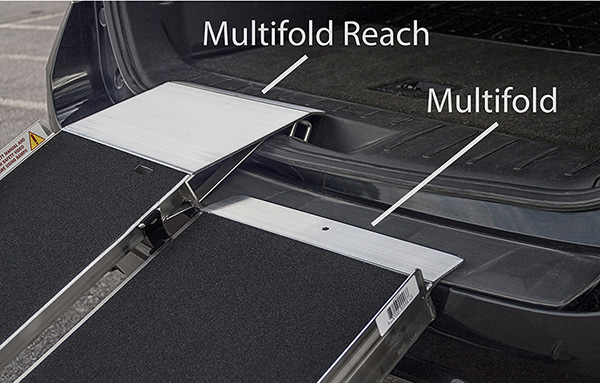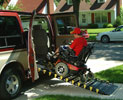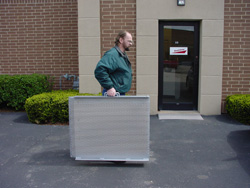Selecting Dimensions for Portable Ramps
Unassisted vs. Assisted rise
As we touched upon in our ‘selecting dimensions’ article, an unassisted rise is a rise that can be summited by a single individual. This is important because if your rise is 6″, we’re hesitant to sell you any ramp less than three feet long. Why? For one, that’s going against the ADA recommended ratio of a 1:12 slope (for every inch of rise you should have at least one foot of ramp run), and because if the angle is too steep for a single person to navigate, it requires two people to operate at all times.
Did you know?…The most frequent reason we receive returned portable ramps is because they were ordered too short.
On the other hand, an assisted rise is one that requires the extra effort to summit – maybe you’re in a powered wheelchair, or someone is physically pushing you up the ramp. In this case the ADA’s regulation changes to a ratio of 2:12 (for every two inches of rise you should have at least one foot of ramp run). In other words if your rise is 12″ and you’re being assisted, you could safely use a 6′ ramp.
Referring to the image below, you can apply the definition you learned earlier of a ramp’s rise and run/length to your own location. The slope degree relates to the ADA’s 1:12 or 2:12 slope.

Portable Ramp Knowledge Base
Portable Ramp Information
Decision Guides
Case Studies
- Coming Soon!









